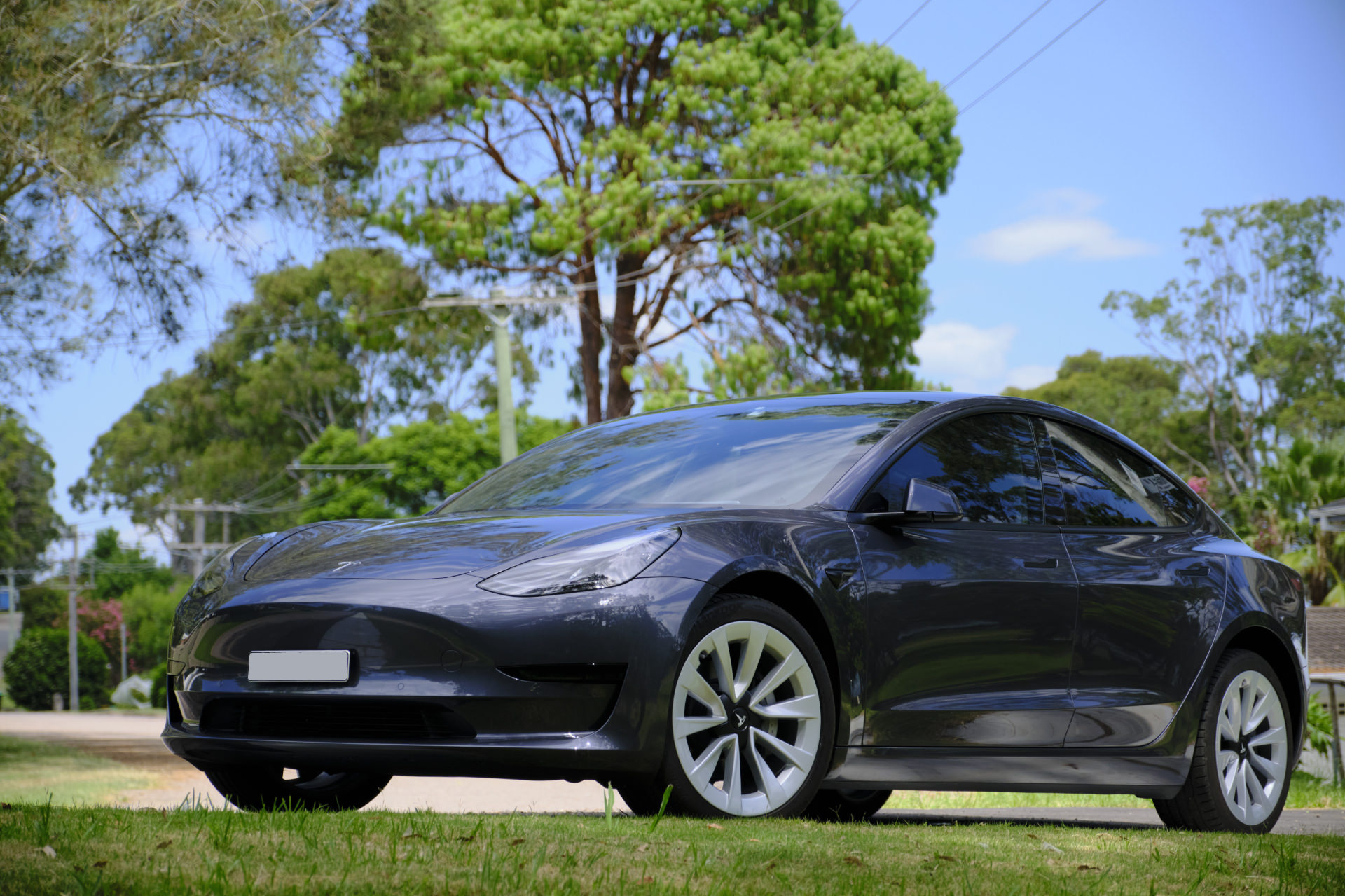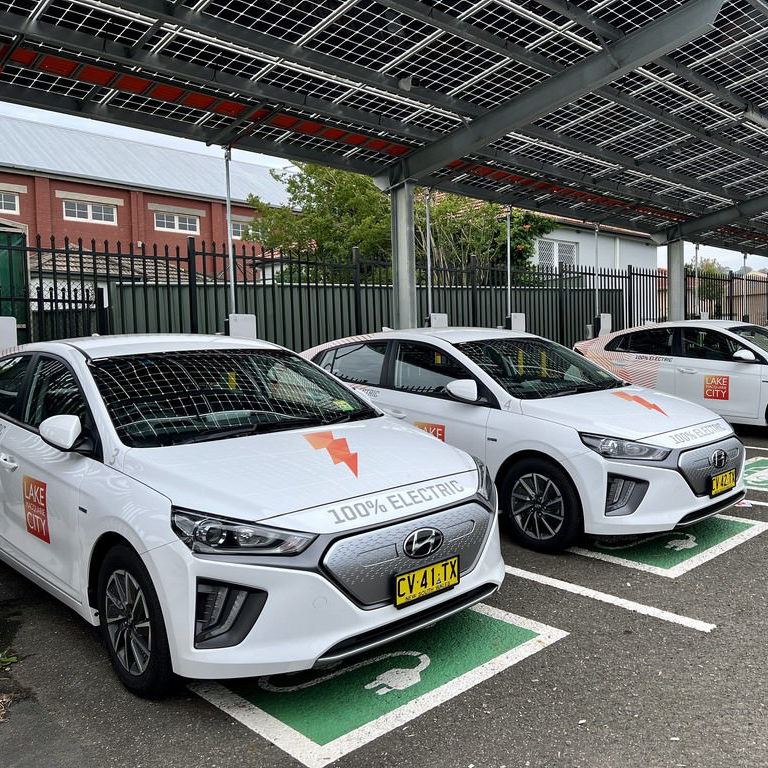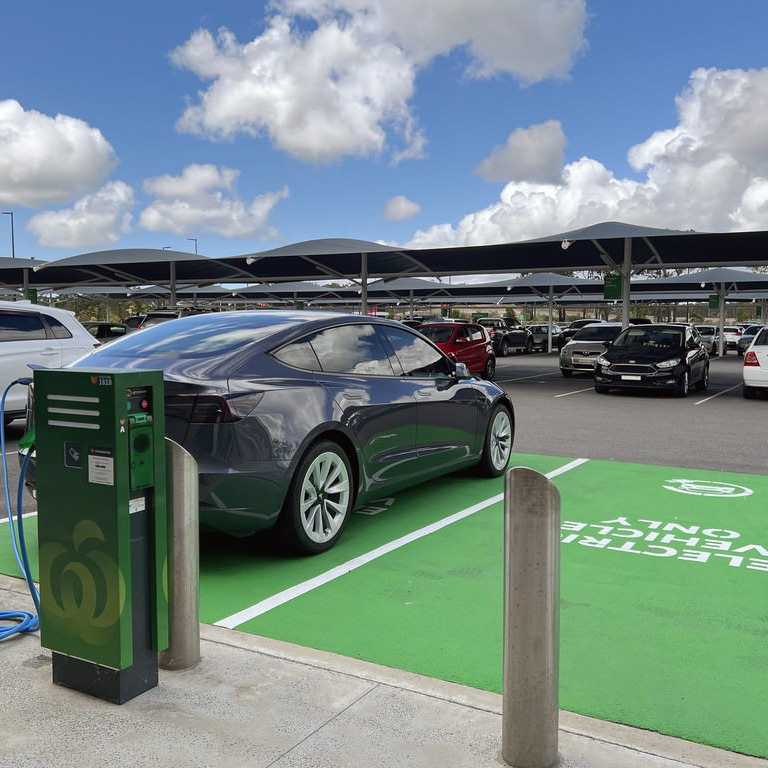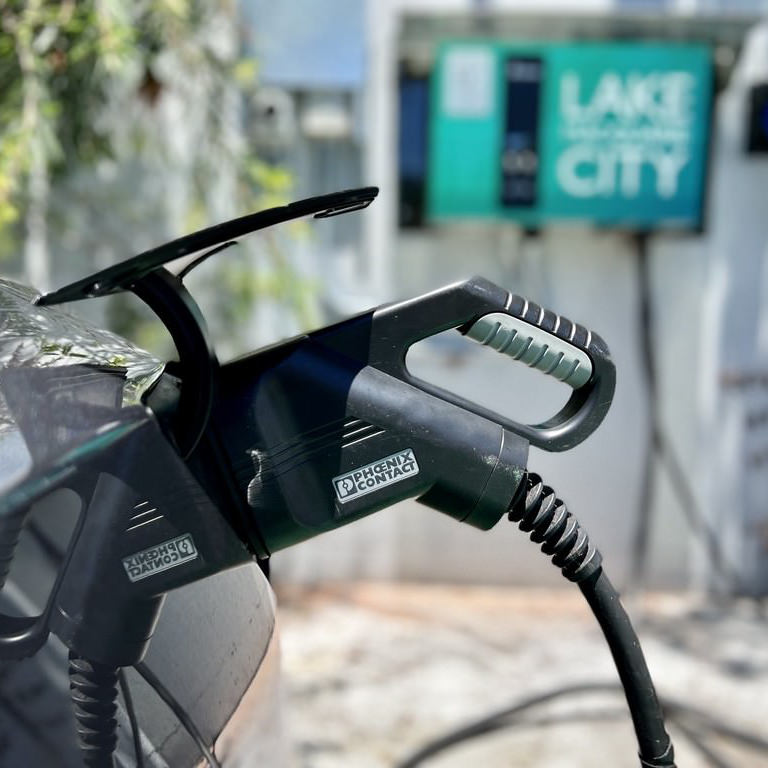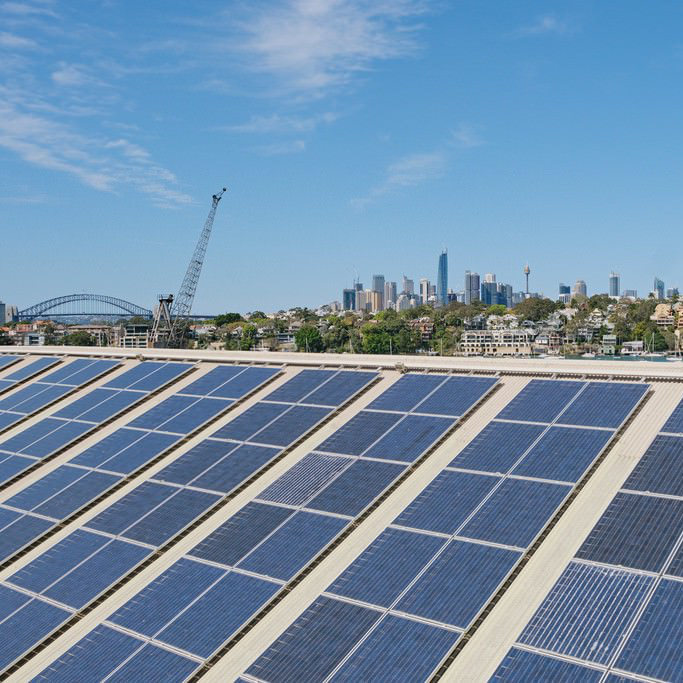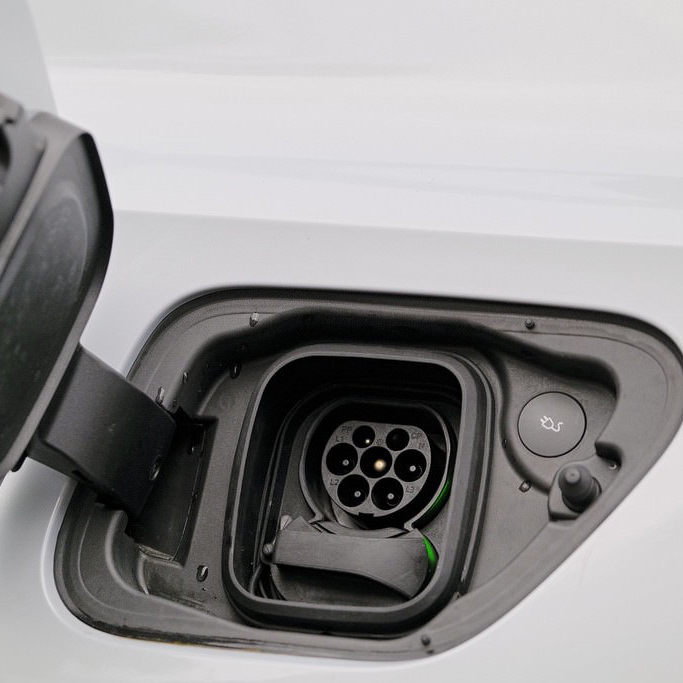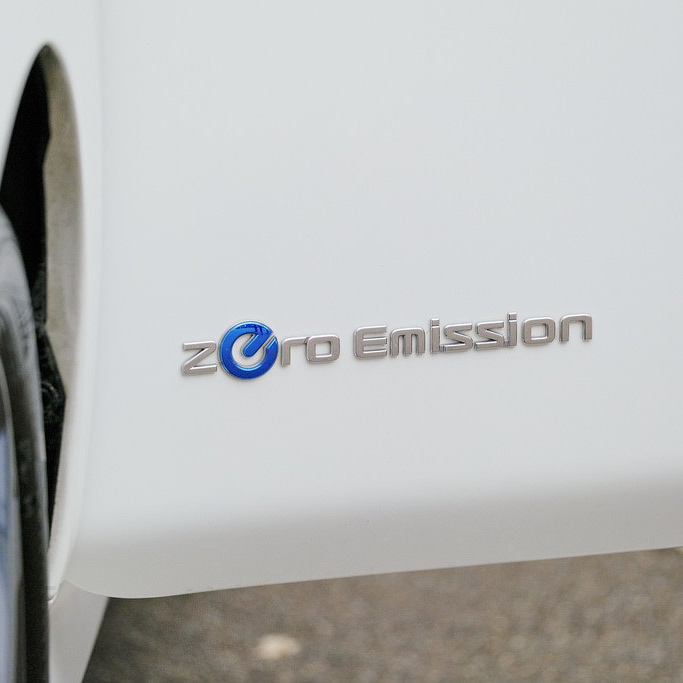Bye Bye Tesla
In late December 2023, I traded-in my 2021 Tesla Model 3 Standard Range+, which I had driven for nearly 28,000 km. Introduced in 2017, it was the most affordable option at the time (2021), priced just below $60,000 AUD. The car, featuring an LFP battery and manufactured in China, boasted a sleek design. Although the color options were limited, I chose a dark grey. Its performance was impressive, offering a smooth ride, minimalist interior, and it was the quickest vehicle I had ever owned, a result of its electric vehicle (EV) nature, not a specific aim. The car was also quite efficient, with an estimated range of about 420km, though I suspect the actual range was closer to 350km. It featured a spacious trunk with ample under-floor storage and a large ‘frunk’ (front trunk).
Charging Network
The Tesla Supercharging network was a significant perk of owning the car, including some complimentary charging sessions, as was access to numerous Tesla destination chargers, often free of charge. The charging process was seamlessly integrated with the car’s system; the vehicle’s identification number was automatically recognized upon plugging in, and the cost of charging displayed on the center console. This seamless integration is a hallmark of the Tesla experience. It’s puzzling why established car manufacturers haven’t adopted this approach, considering their extensive network of dealerships could serve as potential charging hubs.
I started out at 426km of range, and ended at 402km, having used 3.732 kWh total energy. This resulted in an average consumption of 135 kWh/km (or 7.4 km/kWh), which is impressive considering I wasn’t specifically trying to maximize efficiency. My vehicle was equipped with an LFP battery, allowing me to regularly charge it to 100% without concern. At home, I could conveniently slow charge overnight, adding about 40% (20 kWh) to the battery between 10 pm and 8 am, taking advantage of lower electricity rates. This practice ensured I always had access to the full driving range. This contrasts with other types of lithium-ion batteries, like NMC batteries used in the Long Range and Performance models, which prefer not to be fully charged to 100% to maintain battery health; typically, they are charged only up to 90%.
The Model 3 is a sedan with a low profile, which presents some challenges in getting in and out. Its low clearance became a notable issue for me, as I frequently scraped the bottom of the car on my driveway due to the angle of departure, a problem I hadn’t foreseen when purchasing the car. Consequently, I had to adopt a specific angle when reversing out of the driveway. The Performance model of the car has an even lower clearance.
Screen & software
I didn’t encounter any issues with the screen-based instrumentation and controls in the car. Adapting to glancing sideways to check speed was easy, though a Heads-Up Display (HUD) would be a significant improvement for many users. Additionally, the interface could benefit from more vibrant colors as it felt a bit plain.
The 3D car display, which shows nearby pedestrians and objects like traffic cones, initially seemed impressive. However, its practical value while driving is limited and it often occupies valuable screen space. Its animations can be erratic, especially at traffic lights. Over time, the charm of this feature fades, and it seems unnecessary since attention should be focused on the road, not the display.
The car’s software includes some useful features like Valet mode for speed limitation, PIN code for driving, and speed restrictions for lending the car, especially to younger drivers. While I may have overlooked other minor features, there are also some less practical ones, like a whoopee cushion app or a fireplace display. The inclusion of streaming apps like Netflix and Disney+ is appealing for their use on the large screen, but they require separate subscriptions. Additionally, charging stops are typically too short to fully enjoy a show or movie, leading to a preference for home viewing instead. The car has an internet browser, but it doesn’t support playing videos with sound, so streaming from third-party platforms like ABC iView isn’t possible.
During my two years of use, I found the Netflix app, and to some extent the Disney+ app, became increasingly difficult to navigate due to an Intel Atom-based entertainment system and insufficient memory. This issue seemed to worsen with the growing size and number of images in their catalogs.
Cameras
The dashcam and Sentry Mode features in the car are invaluable, though you might not realize their importance until you need them. It’s surprising that other car manufacturers, despite having 360-degree cameras, haven’t implemented similar features, particularly the dashcam aspect. However, it’s important to note that Sentry Mode can consume up to 3% of the battery daily.
Regarding the auto-wipers, they are the most problematic I’ve ever experienced. The lack of control over the wiping frequency is a significant drawback. The system is either on auto-mode or not, often wiping too frequently or too quickly. In other vehicles, there are typically up to five auto settings available through a physical control, so the inability to adjust the wiping interval in the Tesla’s software is puzzling. This issue is also linked to the vision system, where even a couple of raindrops can trigger the wipers, leading to a frustrating driving experience. Although there have been updates over the years to how and when the wiper selector appears on the screen, and the 2023 Holiday update reportedly made some changes in this area, I haven’t been able to find specific details about these changes online. The addition of the blind spot camera view in 2021 was a step in the right direction, seemingly inspired by features in vehicles like the Ioniq 5, which displayed it on the driver’s instrument cluster—a more logical location. In contrast, Tesla’s placement of this display on the center console is less than ideal, as it often requires drivers to look away from their intended direction. However, the 2023 Holiday update improved this by introducing an orange light indicator for objects in the blind spot, a feature that would have been beneficial from the start.
Auto Pilot
The Auto Pilot feature, encompassing adaptive cruise control and lane assist, was a standout feature, particularly for highway driving, and has become a must-have for me in any future car. While I don’t have a basis for comparison with other systems, its performance on highways is commendable. However, its use on secondary roads is less reliable, often resulting in unexpected braking for stationary objects or oncoming traffic, which can be hazardous for following vehicles. Many drivers are unaware that Auto Pilot is primarily designed for multi-lane highways, leading to frequent misunderstandings and potentially dangerous situations. Therefore, when driving behind a Tesla, it’s wise to maintain extra distance to anticipate any sudden braking.
The design of the A-pillars in the vehicle also poses some visibility challenges due to their width, angle, and length. Extra caution is required when turning and checking for pedestrians or other cars. In my initial days of driving the Tesla, I experienced a near miss attributed to these obstructive pillars, though it’s unclear if it was the car’s automatic braking or my own reaction that averted a collision.
Glass Roof
The glass roof in the car is an impressive feature at first glance, but as a driver, there’s little opportunity to appreciate it. Moreover, its tendency to heat up significantly is a drawback, especially considering that Tesla designs its cars in sunny California. I’ve recorded interior temperatures reaching 56°C. The Cabin Overheating Protection feature is meant to activate at 40°C, but it fails to do so if the car is in “sleep” mode. Consequently, I often found myself manually turning on the air conditioning to cool the interior once the car was awake and monitoring the temperature. I purchased the Tesla roof shade, which provides some relief, but the sensation of the sun’s heat on my head was still noticeable. Overall, I am not a fan of the full glass roof, especially since it doesn’t open.
Mobile App
On the other hand, the Tesla mobile app is outstanding. It offers extensive car information and remote functionality, and it operates smoothly. The app effectively serves as the car key, enabling you to drive without needing anything else. It’s a highlight of the Tesla experience, offering remarkable seamlessness.
Regarding the car’s locking mechanism, the Model 3 locks itself quite rapidly, seemingly within about five seconds, though I haven’t timed it precisely. It’s responsive enough to unlock when I touch the door handle, indicating it knows I’m nearby, but the quick locking can be a minor annoyance. However, this feature does provide the assurance that the car is secure when walking away.
Service
During my ownership, I submitted three warranty service requests. The first was for a squeaking sound in the driver’s seat, which was quite bothersome. The second involved replacing the charging port following a warning message that prevented me from fast charging. The third was for replacing an o-ring in the trunk’s power strut, which always seemed underpowered and struggled to function properly. The service experience was satisfactory, and I received a $60 Uber voucher (as far as I recall) for transportation to and from work (from Chatswood to CBD). However, I was disappointed not to be invited for a scheduled service after 24 months, especially since I hadn’t reached the 30,000 km mark yet.
Additionally, there were persistent squeaking noises inside the car, particularly noticeable on highways with rough surfaces. These sounds were near my head on the passenger side and somewhere in the back, which was unexpected for a car just two years old. It was also challenging to describe these issues in a service request, especially when they didn’t occur during city driving.
In summary, while the car had its merits, it wasn’t exceptional. It’s an influential vehicle, but not quite a luxury car (unlike perhaps the Model S). The overall build felt somewhat cheap and light, which is arguably efficient given its 1.7-ton weight. The interior finish, especially the A-pillar cover, felt inexpensive and misaligned, easily depressible with a finger. The seats were mediocre, lacking sufficient support during cornering or comfort for long journeys. The backseat had a cardboard-like feel. All these minor issues collectively detracted from the overall experience.
And then there are That Man’s shenanigans, which I simply do not want to be associated with.
Bye bye Tesla.
(sure, I will be using the Tesla Supercharger network on long drives, when I need to and can’t avoid it)
EDIT Feb 2024: I’ve since been able to have a look at the new 2024 Model 3 (Highland), and yes, the interior is slightly better quality, the A-pillar feel is more robust, and it now has a second trunk power strut which makes it sound more confident closing the trunk. But then that new interior mood lighting just ugly/tacky, and the removal of the stalks is, argh, no words,…

